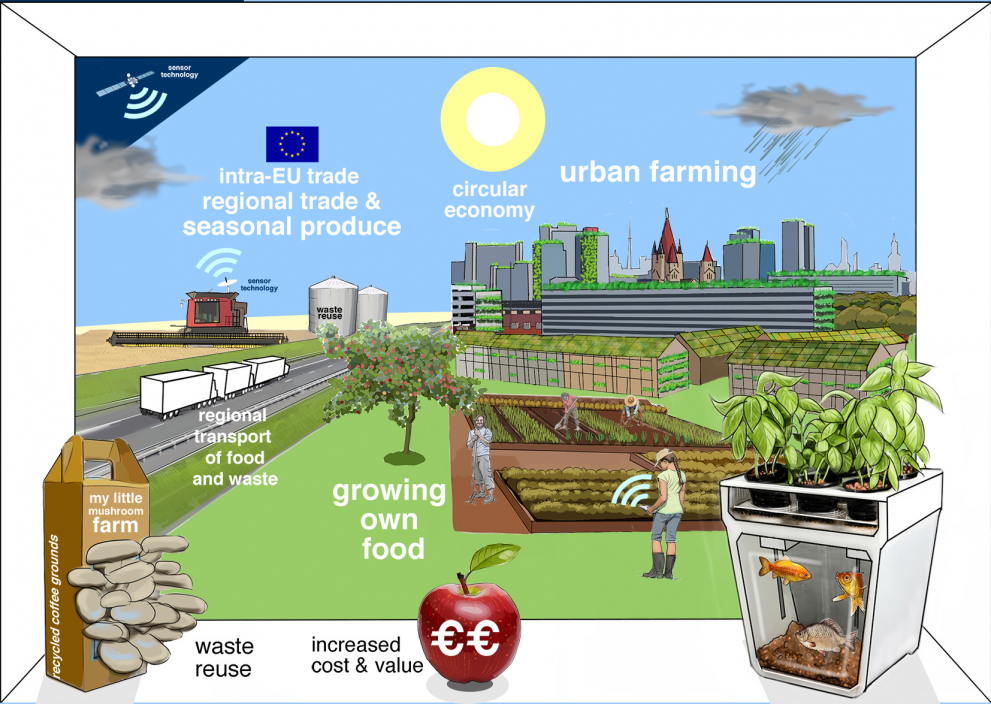
The future of food safety and nutritional quality of diets often seems to be taken for granted. But should it? JRC in close collaboration with the European Commission Department for Health and Food Safety explored what we can we do to ensure not only sufficient but also safe and nutritious food in the future, affordable and accessible to healthy people on a healthy planet.
While the definition of food security includes the access to 'safe' and 'nutritious' food, most future-oriented work so far has focused on how to ensure the 'sufficiency' aspects of the definition, i.e. 'can we feed the world'?
This is, perhaps, because the developed world, and the EU foremost, enjoys high levels of food safety, and because in certain areas of the planet the 'sufficiency' part is most pressing. However, even in developed food systems, the occasional food crisis can still unveil system vulnerabilities. In parallel, abundant supply of nutritious food does not automatically translate to population-wide healthy diets; on the contrary, diet and lifestyle-related non-communicable diseases are a pressing concern in both advanced and developing food systems.
To shed more light on possible future challenges, and to support the Fitness Check of the General Food Law (Reg. (EC) 178/2002), a JRC/DG SANTE foresight study examined the resilience of the EU regulatory and policy framework in the areas of food safety and nutrition, with a horizon of 2050.
Taking the study outcomes one step further, several tension points were identified, where future policies or interventions that aim to improve food safety, nutrition or food sufficiency may inadvertently conflict with each other.
Potential situations in the future might result in:
- compromising sustainability to increase yields and ensure efficiency,
- compromising food sufficiency by stringent food safety measures,
- conflicts between consumer scepticism and innovation in food technology, and
- paying less attention to food safety for the benefit of novel technologies
To identify and cope with such tensions in advance, to assist policy preparedness and to promote a prevention-oriented policy culture, a holistic, food-system approach is needed. This will identify tensions and assist policy makers in a better understanding of trade-offs, and will optimally also reveal synergies and win-win scenarios in the future.

Read more in: Mylona, K., Maragkoudakis, P., Miko, L., Bock, A.-K., Wollgast, J., Caldeira, S., and Ulberth, F.: Future of food safety and nutrition – Seeking win-wins, coping with trade-offs (2018). Food Policy 74:143-146, doi: org/10.1016/j.foodpol.2017.12.002
Related Content
Future of food safety and nutrition - Seeking win-wins, coping with trade-offs
Details
- Publication date
- 21 March 2018
